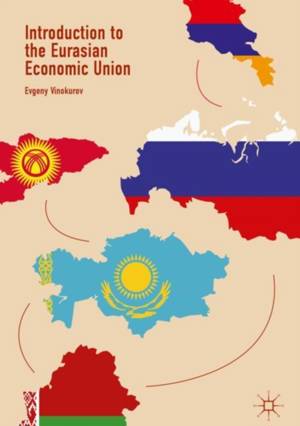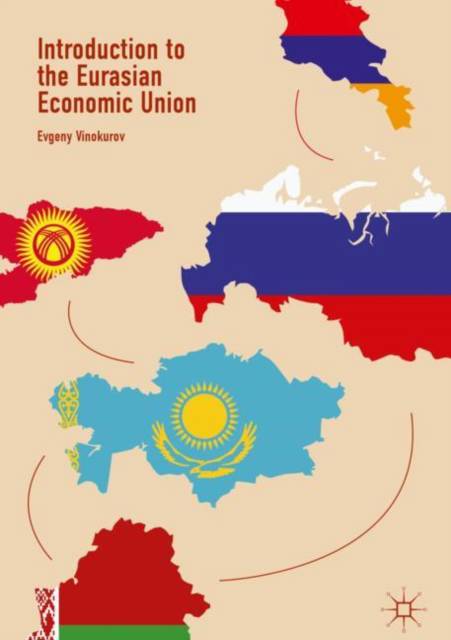
- Retrait gratuit dans votre magasin Club
- 7.000.000 titres dans notre catalogue
- Payer en toute sécurité
- Toujours un magasin près de chez vous
- Retrait gratuit dans votre magasin Club
- 7.000.0000 titres dans notre catalogue
- Payer en toute sécurité
- Toujours un magasin près de chez vous
Description
The Eurasian Economic Union (EAEU), which includes Russia, Kazakhstan, Belarus, Kyrgyzstan, and Armenia, is a new but substantial regional organization. Significant achievements include a common external customs tariff, a customs union and a common labour market: a well-developed institutional environment has emerged to support and advance these processes, ranging from the Eurasian Economic Commission and the EAEU Court to the Eurasian Development Bank and the Eurasian Fund for Stabilization and Development. This major integration achievement also has several drawbacks and 'stumbling stones'-some due to Russia's dominant position, some due to the authoritarian nature of political regimes, and some due to dependence on oil and gas exports.
This book presents a detailed qualitative and quantitative assessment of the Eurasian Economic Union, including the history of Eurasian integration, the macroeconomy of EAEU member states, an assessment of trade and investment links, a descriptive analysis of the EAEU Treaty, an analysis of Eurasian institutions, the sociology of integration, the EAEU's emerging foreign economic policy, relations with the EU and China, the EAEU's position on One Belt One Road policies, and its mid-term policy agenda. This primer text will be of interest and value for students, academics and practitioners working in economic policy and business communities and interested in the history and development of the Eurasian Economic Union.Spécifications
Parties prenantes
- Auteur(s) :
- Editeur:
Contenu
- Nombre de pages :
- 211
- Langue:
- Anglais
Caractéristiques
- EAN:
- 9783319928241
- Date de parution :
- 07-08-18
- Format:
- Livre relié
- Format numérique:
- Genaaid
- Dimensions :
- 148 mm x 210 mm
- Poids :
- 430 g

Les avis
Nous publions uniquement les avis qui respectent les conditions requises. Consultez nos conditions pour les avis.






